Bad bad bad — but not surprising. If you’ve decided for whatever strange reason that you don’t want to be vaccinated, what’s left to do except get back to normal ASAP? You can’t hunker down until we reach herd immunity. It might take many months and we may never ultimately reach it, thanks to the refuseniks and the attendant risk of vaccine-resistant variants arising within that group.
To refuse the vaccine is to embrace fatalism. If you’re “meant” to get the disease you’ll get it and if you aren’t you won’t. Might as well live life and let the chips fall where they may.
That’s only half the takeaway from this data, though. The other half is that vaccinated people continue to remain very cautious about socializing despite their immunity from severe disease.

The share of fully vaccinated people who say they’re still completely or mostly isolating (38 percent) is considerably larger than the share of refuseniks who say so (23 percent). Even weirder, the biggest falloff since February among those who say they’re completely/mostly isolating came within the group that plans to be vaccinated — i.e. people who are still vulnerable right now. They went from 58 percent isolating last month to 46 percent. No wonder we’re seeing a fourth wave of the pandemic develop (although almost entirely in the northern half of the country).
Many a liberal looked at that table this morning on political Twitter and chirped that it proves the case for vaccine passports. We’ll see if the White House picks up the argument.
Two obvious points about the disparity between the vaccinated and the refuseniks. One: These people are probably in the groups they’re in to begin with because they have grossly different levels of risk-tolerance towards COVID. The refuseniks are extremely risk-neutral and the vaccinated are extremely risk-averse, which affects their views of the value of the vaccine. As Karol Markowicz said, neither group seems to truly believe that the vaccine works. The vax people hear that it’s 90 percent effective against infection and think, “What about the other 10 percent?” The refuseniks hear the same thing and think, “What about the fact that 99 percent of people infected with the virus survive?”
Some are so freakishly risk-averse, in fact, that when WaPo polled people on whether they’d attend a sporting event where *literally everyone* was vaccinated, just 69 percent said yes. Which makes me wonder if vaccine passports would be as powerful an incentive as we’d hope to get people socializing again.
Two: Not everyone in the refusenik group is necessarily anti-vax. Some are socializing because they’ve already had COVID and have gained natural immunity from it, reassuring them that they won’t get infected again by being out and about. That may not be true forever since it’s unclear how long immunity lasts, but for now it may lead them into the refusenik group in the belief that they don’t need the vaccine anytime soon. Those people aren’t spreading the virus (presumably) by socializing.
My guess is that the pro-vaxxers and anti-vaxxers have grossly different degrees of trust in public health experts, which would explain why they’re so polarized on precautions. An anti-vaxxer doesn’t care what Fauci has to say. In fact, Trump (who’s not an anti-vaxxer on COVID himself but is a hero to many of them) boasted two days ago that he listened to Fauci and Deborah Birx and then did the opposite of what they told him. No doubt that’s the view of a lot of MAGA refuseniks too. Pro-vaxxers, on the other hand, may still be hanging on Fauci’s every word. If the CDC says it’s not yet safe for vaccinated people to visit public spaces or fly or do anything except hold small gatherings with others who have been vaccinated, they’re going to take that advice to heart. The anti-vaxxers believe the experts are corrupt, the pro-vaxxers believe they’re still the only game in town on responsible guidance.
Which leads to this map:

Of the darker blue states pictured, where there are higher levels of refuseniks, only one (Illinois) is solidly Democratic. The rest are red or purple, with lots of rural residents. Meanwhile, the states with the highest share of vaccine enthusiasts are the liberal ones in the northeast and along the west coast. The GOP is the more populist party right now, with a heavily rural base that’s more likely to look askance at experts. Go figure that righties are consistently less likely in polling to get the vaccine.
In fact, the glut of unclaimed vaccines in rural red areas has led to a phenomenon of pro-vaxxers in American cities scheduling appointments many miles away from their homes to claim the doses that are going unused by refuseniks:
For the first two days after Nebraska opened vaccine eligibility to adults over 18, 34-year-old Lincoln resident Megan Timperly sat at her computer with tabs open for the sites of the nearby Walmart and Hy-Vee pharmacies, hitting reload. Finally, “a cynical and older veteran I play Dungeons and Dragons with,” as she put it, suggested she look at maps of voting trends and book accordingly.
In all of 20 seconds, Timperly said, she and two of her friends had all made appointments at the Hy-Vee in Norfolk for this coming Saturday. In Norfolk’s Madison County, just 22 percent of voters had picked Biden in 2020. In Lancaster County, where Timperly lives, 53 percent of voters went with Biden.
“It was so easy, and really tragic,” she told The Daily Beast.
“There should be no appointments available anywhere, because people should be rushing to get vaccinated,” Timperly added. “But they’re not, and they’re not because they’ve been told all along that it’s a hoax, or the vaccine is dangerous. Just lies upon lies.”
If you want to see what that looks like in practice:
You can see the geographic disparities in how easy it is to get a vaccine by looking at maps on https://t.co/6t2ahtTZni of pharmacy appointments.
Here are some examples – PA/IL/GA. Barely any vaccine appointments in Democratic metro areas but a ton in Republican rural areas. pic.twitter.com/jcJSZwmuf4
— Ryan Matsumoto (@ryanmatsumoto1) March 31, 2021
When I complained a few days ago about having difficulty finding an appointment on Twitter, universally the advice that came back at me was, “Make an appointment 100 miles away in a rural area and drive out there.” If that’s happening as widely across the country as it appears, it means we have a major problem in allocating the doses inefficiently. If red counties are more reluctant to get the shots, don’t let people in blue counties do without and run the risk of a lethal infection. Make it as fast and easy as possible for the willing to get vaccinated and then worry about the unwilling.
Since we’re on the subject of COVID and socializing, I’ll leave you with this odd, unexpected result from a new YouGov poll. All I can think is that it’s a function of how we’ve prioritized the vaccine. Older people have had their shots and are more carefree about getting together with others whereas most younger people haven’t and therefore are still vulnerable to infection. Still, you’d expect the young to be more gung ho to socialize again than their mostly married elders, especially given that it’s rare for them to die of infection.
Do you feel nervous about the prospect of interacting with people socially again?
US adults: 39% nervous / 54% not nervous
18-24: 50% / 38%
25-34: 47% / 41%
35-44: 42% / 48%
45-54: 36% / 57%
55+: 31% / 65%https://t.co/ZlfA8vqsw0 pic.twitter.com/FgSHDLnTwJ— YouGov America (@YouGovAmerica) March 30, 2021


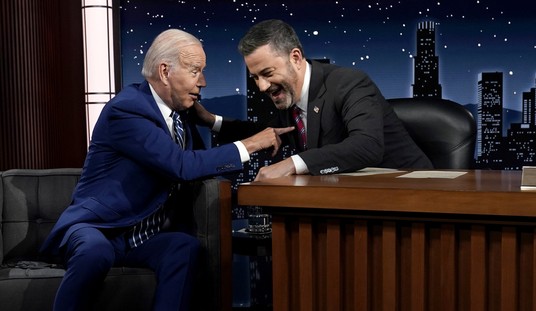
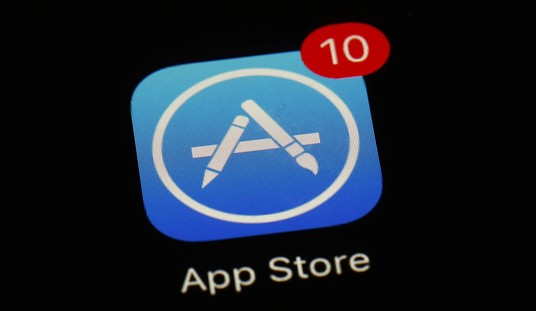

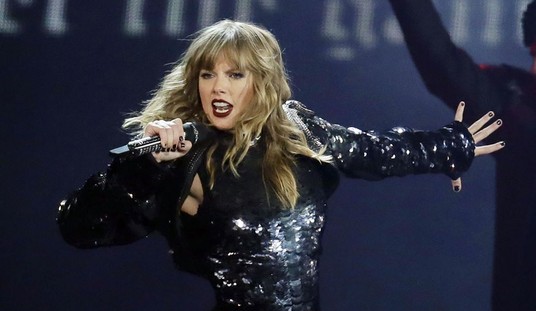
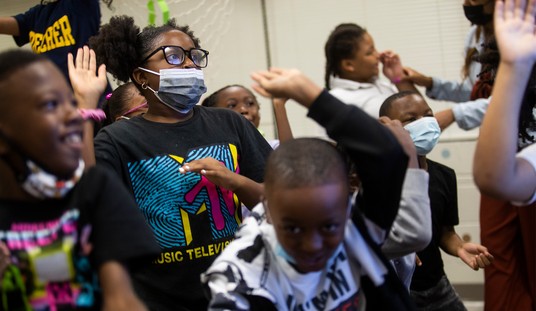
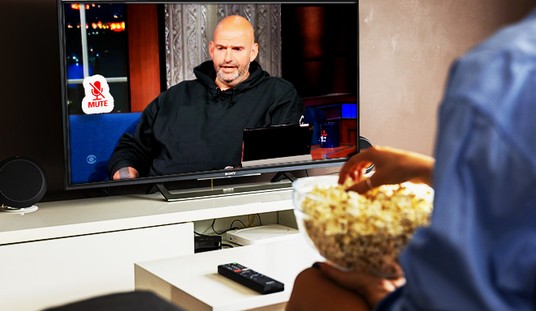
Join the conversation as a VIP Member